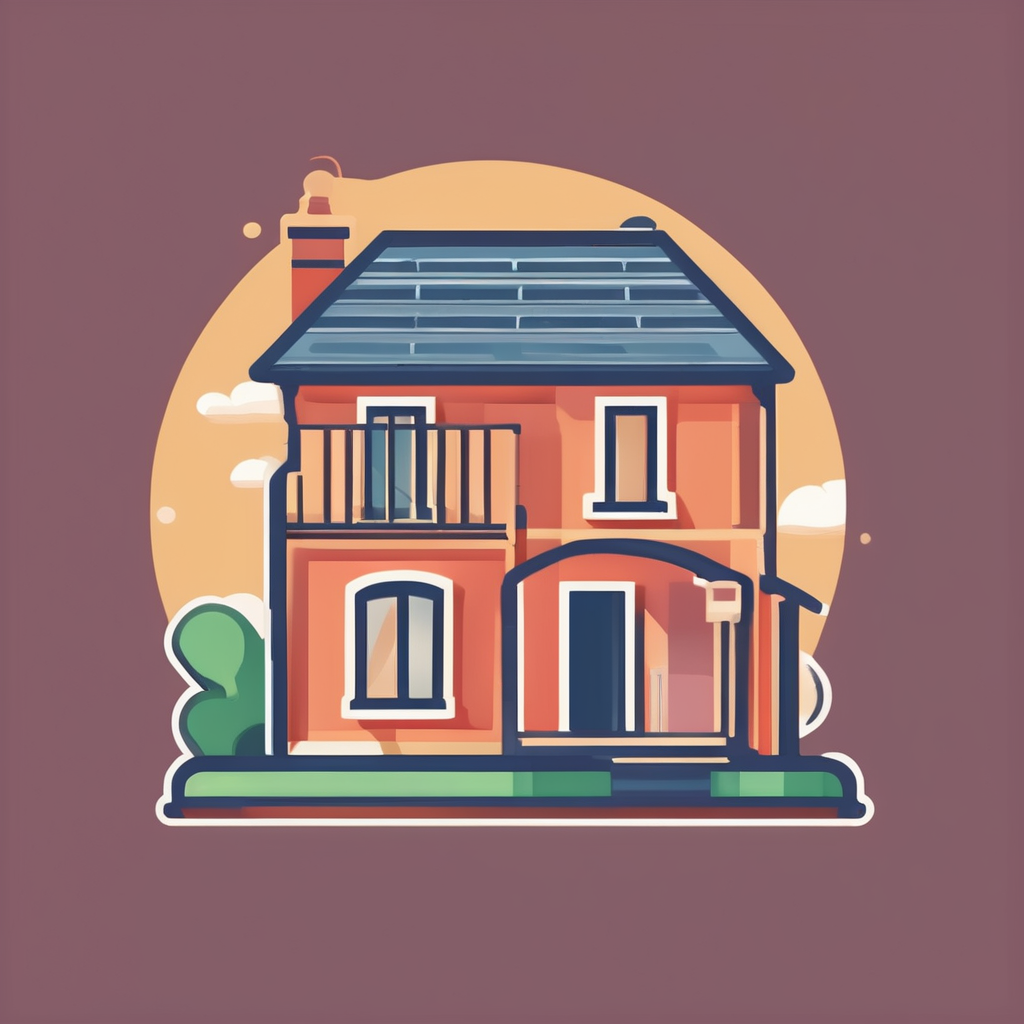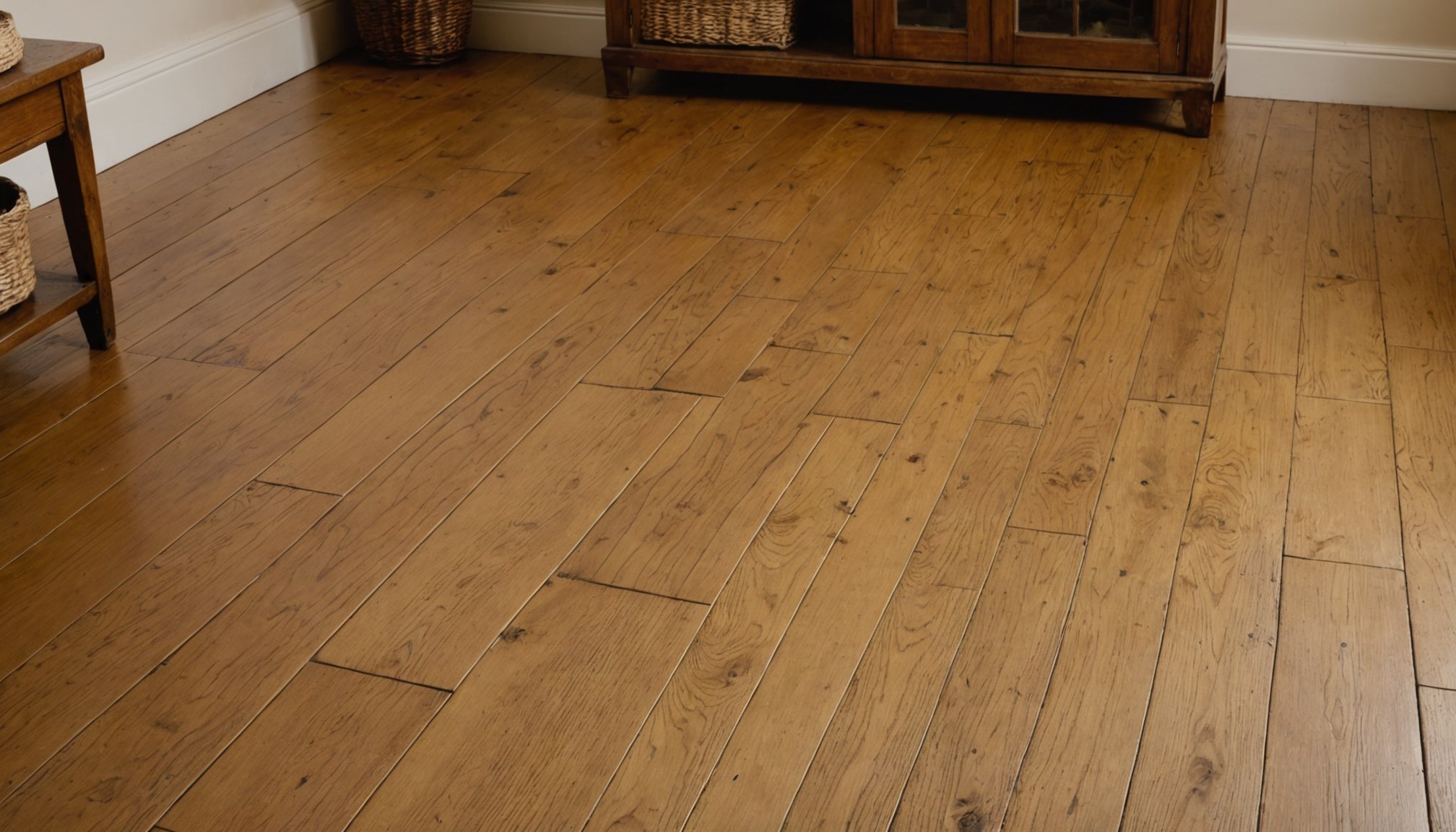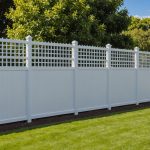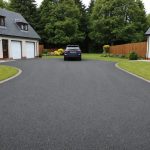Importance of Regular Maintenance for Hardwood Floors
Regular hardwood floor maintenance is crucial in preserving the beauty and longevity of your floors, especially in environments like UK cottage care where conditions can be unpredictable. Prioritizing regular upkeep not only enhances the aesthetic appeal but also safeguards against common wear and tear issues.
Neglecting regular maintenance can lead to numerous problems such as scratches, dullness, and gouges in your hardwood floors. Dust and dirt particles act like sandpaper, dulling the finish over time. Moisture can seep into the wood, causing warping and discolouration. Understanding these risks underscores why a consistent maintenance routine is indispensable.
A lire aussi : Maximizing Wind Energy: Strategic Placement of Turbines for UK Homeowners
Benefits of Prioritizing Regular Maintenance
- Enhanced Durability: Regular upkeep prolongs the life of the floor.
- Improved Appearance: Keeps floors looking fresh and polished.
- Cost-Effective: Prevents expensive repairs and replacements.
Overview of Seasonal Maintenance Routines
It’s vital to adapt your maintenance practices to the seasons. In drier months, regularly dusting and sweeping is essential. During wetter seasons, ensure that you mop using minimal water to protect your floors from moisture damage. Keeping these routines assures that your hardwood floors remain in impeccable condition throughout the year.
Cleaning Methods for Hardwood Floors
When it comes to hardwood floor cleaning, using eco-friendly solutions and the right techniques is essential. This not only ensures the longevity of the floor but also maintains its natural beauty.
A lire en complément : Unlocking Energy Efficiency: The Advantages of Variable Speed Drives for Home Appliances in the UK
Recommended Cleaning Products
Selecting the right cleaning products is crucial. Always opt for products specifically formulated for hardwood floors. These are designed to clean effectively without causing damage. Many brands now offer eco-friendly solutions that avoid harsh chemicals, ensuring a safer environment for you and your family. Look for labels that indicate they are suitable for wood to guarantee compatibility and efficiency.
DIY Cleaning Solutions
For those who prefer natural alternatives to chemical cleaners, DIY options can be both effective and economical. A simple mixture of water and vinegar works wonders for cleaning techniques, offering a gentle yet powerful solution. This option not only saves money but also limits chemical exposure, aligning with eco-friendly cleaning practices.
Frequency of Cleaning
Establishing a regular cleaning schedule is key to maintaining your floor’s shine. Ideally, hardwood floors should be swept daily to remove debris and dust. More thorough cleaning can be performed weekly or as needed, depending on foot traffic. Regular maintenance prevents scratches and dullness, ensuring your hardwood floors remain vibrant and attractive.
Protective Treatments for Hardwood Floors
Ensuring the longevity and beauty of your hardwood floor requires the right protective treatments and finishes. These treatments not only enhance the wood but also protect it from damage.
Types of Protective Finishes
There are several protective finishes to consider. Polyurethane offers a durable layer, perfect for areas with high foot traffic. If you’re looking for a natural look, consider using wax. It provides a soft sheen and a layer of defense against spills. For a deep, rich appearance, penetrating oils like tung or linseed oil might be ideal as they absorb into the wood.
Application Techniques
Applying finishes requires care. Begin by thoroughly cleaning the floor. Once dry, apply a thin coat of your chosen finish with a brush or roller, following the wood’s grain. Ensure even coverage and avoid pooling. Allow each layer to dry completely before applying the next, especially with finishes like polyurethane. This method ensures durable protection.
When to Reapply Treatments
Typically, preventative treatments should be reapplied every few years. However, signs such as noticeable wear, stains not easily removed, or dullness, indicate it’s time for a new coat. Staying proactive with reapplication can maintain both the aesthetic and structural integrity of your hardwood floors.
Managing Humidity Levels in UK Cottages
Controlling the humidity within UK cottages is crucial for preserving both structure and comfort.
Ideal Humidity Levels for Hardwood
The health of hardwood floors relies heavily on maintaining appropriate humidity levels. Ideally, humidity should range between 30% and 50% to prevent expansion or contraction, which can cause warping or gaps. This balance ensures that your hardwood remains aesthetically pleasing and lasts longer, even in varying conditions.
Tools to Monitor Humidity
To consistently track moisture within your home, utilise devices like hygrometers and smart humidifiers. Hygrometers provide precise readings of air humidity, making it easy to gauge and adjust as needed. Smart humidifiers not only regulate humidity but also allow remote control, offering convenience and efficiency.
Adjustments for Seasonal Changes
Seasonal shifts significantly affect humidity; therefore, making necessary adjustments is vital.
- Winter months typically require humidifiers to compensate for dry air produced by heating systems.
- During summer, consider using a dehumidifier to combat excessive moisture, which can lead to mildew or rot.
By utilising effective humidity control strategies and technology, you’ll maintain a comfortable and resilient living environment year-round, protecting both your home and investment.
Routine Inspection and Repairs
Regular flooring inspection is vital for maintaining the aesthetic and structural integrity of your floors. This involves identifying minor issues before they become significant problems.
Signs of Damage to Look For
During routine checks, be on the lookout for visible signs of damage. Cracks, warping, and loose tiles are common indicators of wear and tear. Additionally, pay attention to squeaky boards and discolouration, which may signal moisture damage. These signs are your cue to investigate further or take preventive action.
Simple DIY Repair Techniques
Many minor flooring issues can be resolved with easy repair methods. For instance, filling in small cracks can be done using wood filler or grout. Warped flooring can sometimes be fixed by simply tightening loose nails or screws. When dealing with squeaking boards, applying powdered graphite or lubricating oil in the gaps may do the trick. Taking immediate action using these upkeep tasks can prolong the life of your floor.
When to Call a Professional
However, certain situations require expert attention. If your floor suffers from extensive water damage, large cracks, or structural issues, it’s wise to consult a professional. These experts can assess the underlying problems and provide a suitable long-term solution, ensuring the safety and durability of your flooring.
Enhancing the Aesthetics of Your Hardwood Floors
Hardwood floors are a beloved element in interior design, celebrated for their timeless charm and versatility. However, to truly maximize their enhancing beauty potential, strategic styling is key.
Decorating Tips to Complement Your Floors
To preserve and highlight your floors, consider a minimalist approach. Avoid overcrowding spaces, which can obscure their natural grain and color. Complement your floors by selecting furniture pieces and decorative elements with contrasting shades or textures to create visual interest and depth.
Area Rugs and Their Benefits
Area rugs are not only decorative but also serve a protective function. Choose rugs with materials and patterns that accentuate your floor’s hue and style without overpowering it. Rugs help reduce noise, add warmth, and demarcate areas within open spaces, creating a cosy and inviting atmosphere.
Furniture Placement Considerations
When arranging furniture, consider strategies that share focus with the floor rather than hide it. Place heavier pieces on pads or rugs to prevent scratches, and aim for layouts that accentuate the flow and openness of a room. Consider irregular arrangements that expose more of your floor, promoting an organic and modern look.











